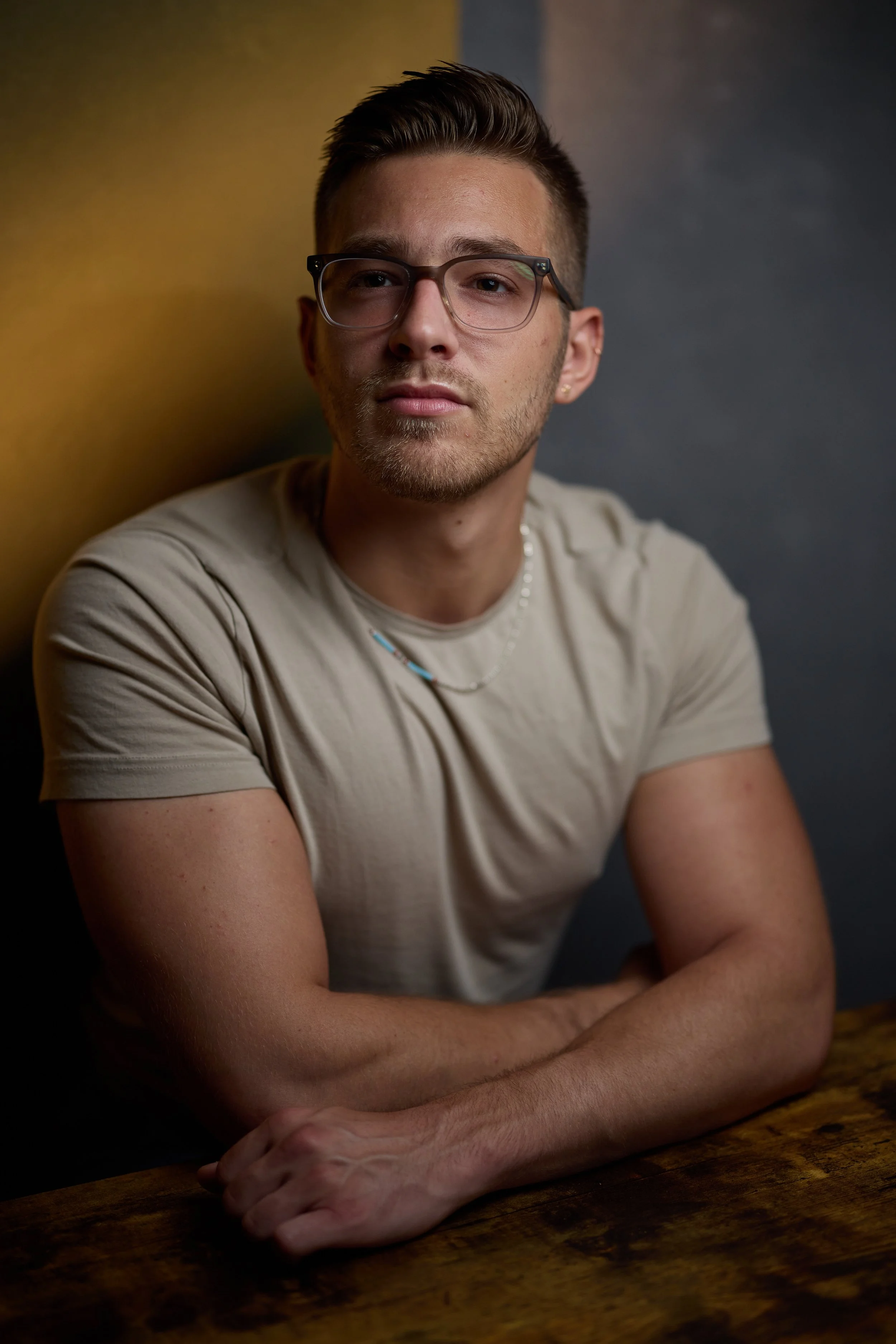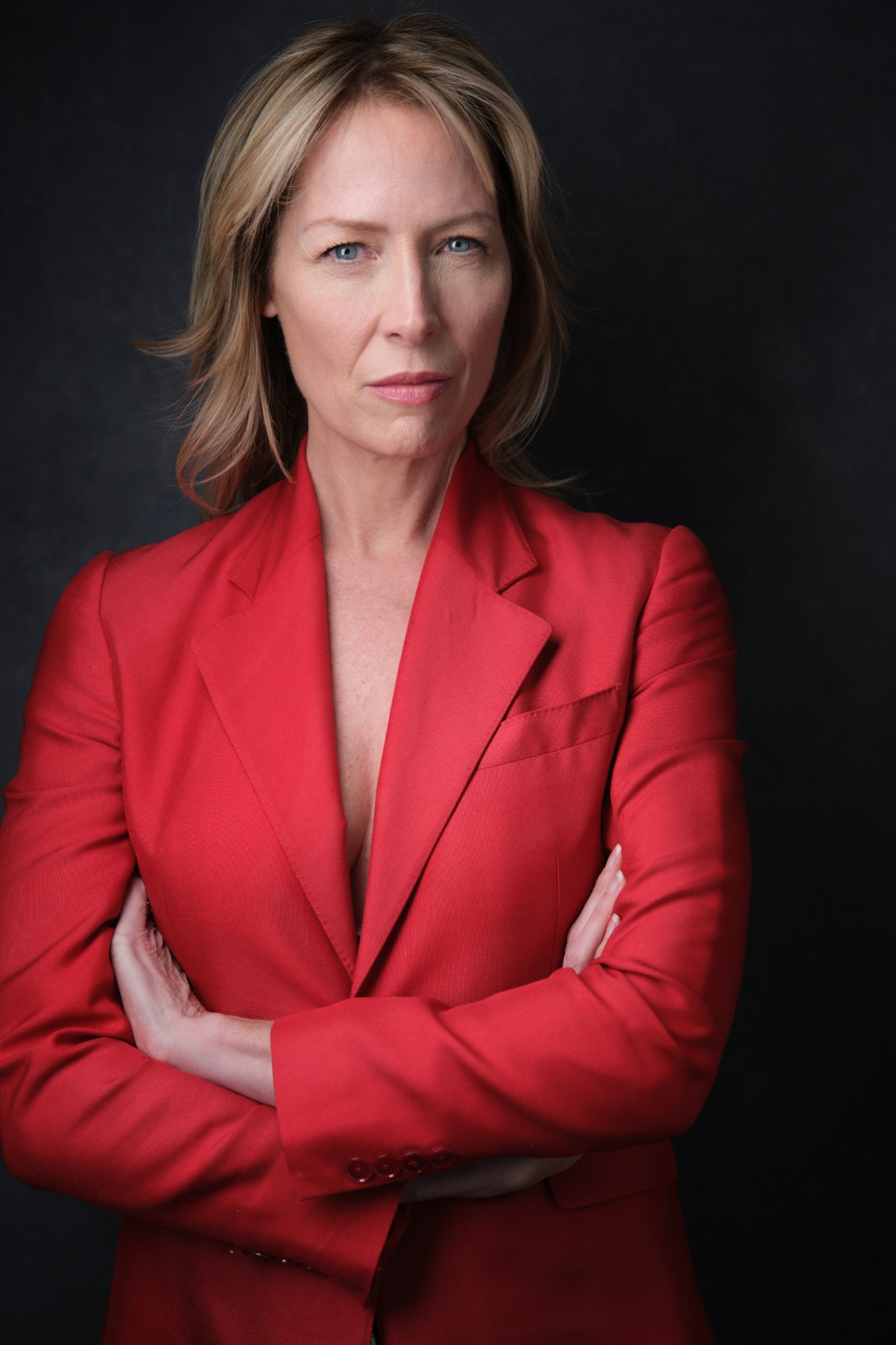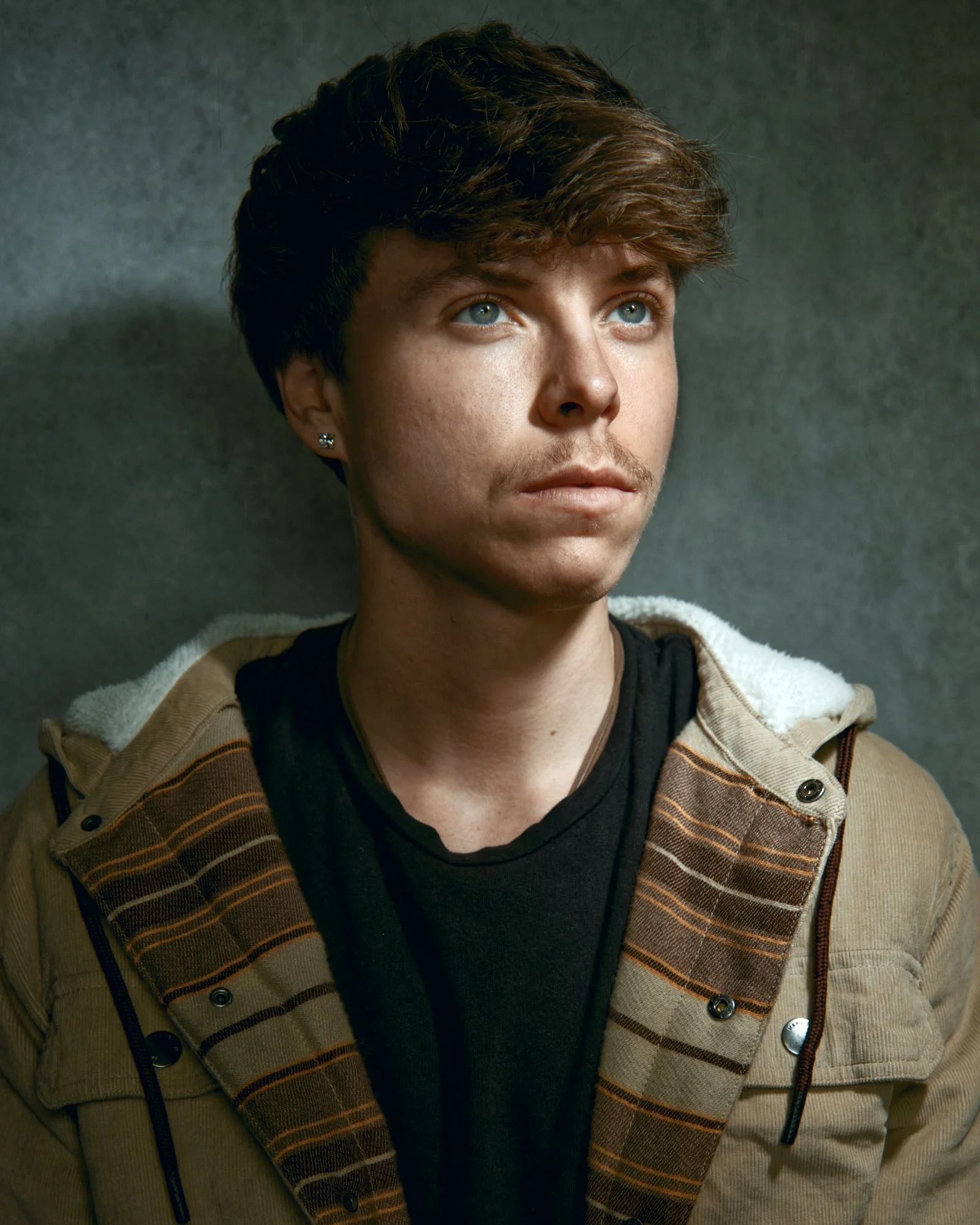Headshot and Portrait Basics - What Aperture Should You Use?
Let’s dive into the topic of aperture—specifically, which aperture settings work best for headshots and portraits.
Depth of field is often discussed in portrait photography, but the conversation usually centers around background bokeh. In this article, however, I want to focus on depth of field as it relates to the face itself and address the question: Which aperture truly is best for photographing faces?
The Difference Between Headshots and Portraits
Before we get into aperture choices, I want to distinguish between headshots and portraits. For clarification, I define a headshot as a head-and-shoulders-only image, while a portrait has a looser crop. I also differentiate these two styles in my studio through lighting and posing. My headshots tend to have simple and clean lighting, while my portrait work leans more toward dramatic and artistic setups. Headshots generally have the subject look directly at the camera, and are used primarily as a marketing tool, instead of
A portrait of Alex
Aperture for Headshots
As a general rule, when taking headshots, I prefer to keep the entire face, or almost the entire face, sharp. This is because a headshot is primarily a professional tool—whether I’m shooting for corporate or acting clients, the purpose of a headshot is to showcase a natural expression and capture the subject at their best. It’s meant to help them get noticed and grow their careers. For this reason, I don’t want any critical part of the subject’s face to be out of focus. My go-to lenses for headshots are the Canon 50mm f/1.2, Canon 70-200 f/2.8, and Fujifilm XF16-55mm f/2.8.
A portrait of a musician using a shallow aperture
I usually aim for the face to be relatively sharp, with only the ears going slightly soft. I often shoot head-on, so this is relatively easy to achieve. However, even when I angle my subjects slightly, I avoid what I jokingly refer to as “extreme posing,” where the person is turned so much it looks like they’re falling off a cliff.
Even with subtle posing, shooting with too wide an aperture can result in one eye being sharp while the other eye goes soft. This is why I always focus on the eye closest to the lens or, if the subject is facing head-on, the right eye. If you shoot wide open while the subject is angled, the shallow depth of field can be distracting and actually take away from the success of the headshot. I throw this rule out the window when doing portraits, however.
A portrait of an actor
An executive headshot
Aperture for Headshots
As a general rule, when taking headshots, I prefer to keep the entire face, or almost the entire face, sharp. This is because the purpose of a headshot is to showcase the subject with a natural expression, in order to help them get noticed to grow their career. For this reason, I don’t want any critical part of the subject’s face to be out of focus. My go-to lenses for headshots are the Canon 50mm f/1.2, Canon 70-200 f/2.8, and Fujifilm XF16-55mm f/2.8. Generally I shoot between 50mm and 80mm.
I usually aim for the face to be relatively sharp, with only the ears going slightly soft, and I shoot head-on, so this look is relatively easy to achieve. However, even when I angle my subjects slightly, I avoid what I jokingly refer to as “extreme posing,” where the person is turned severely to one side or the other and looks uncomfortable or awkward.
Even with subtle posing, shooting with too wide an aperture can result in one eye being sharp while the other eye goes soft. This is why I always focus on the eye closest to the lens or, if the subject is facing head-on, the right eye. If you shoot wide open while the subject is angled, the shallow depth of field can be distracting and actually take away from the success of the headshot.
Aperture for Portraits
When it comes to portraits, I throw my headshot “rules” out the window. I shoot for a wide range of clients, including business professionals, actors, musicians, and authors, and this is where I love to shoot wide open.
Using a shallow depth of field in portraits can add to the drama of the overall image and keep subordinate elements in their place—acting as supporting elements rather than distractions. This is something I often do when working with musicians holding instruments. I want the face to be the primary focus of the image, while the instrument or other props remain slightly out of focus.
Another reason I shoot wide open in portraits is that I use much more dramatic lighting. I love a lot of fall-off from the subject to the background or even from the face to their body. This way, the elements that are out of focus also tend to be in the darker areas of the frame, helping to emphasize the most critical part of the image: the face.
A Different Look with Narrow Apertures
But before I make it sound like you should stop down for headshots and always shoot wide open for portraits, I want to emphasize that it’s not that simple. Like anything related to art, there are people breaking the “rules” with incredible success. This is why I always refer to them as guidelines instead of hard rules.
Final Thoughts: Keep Experimenting
Experimentation and being open to try new things is the only “rule” an artist should follow.
How I shoot today is intrinsically tied to where I am on my journey as a photographer, and every photo I take becomes an opportunity for growth. This doesn’t mean I’ll abandon these guidelines for headshots and portraits, but the most important thing you can do as a photographer is to keep experimenting, keep challenging yourself, and allow these guidelines to evolve as you grow.
I hope you have enjoyed this article!







